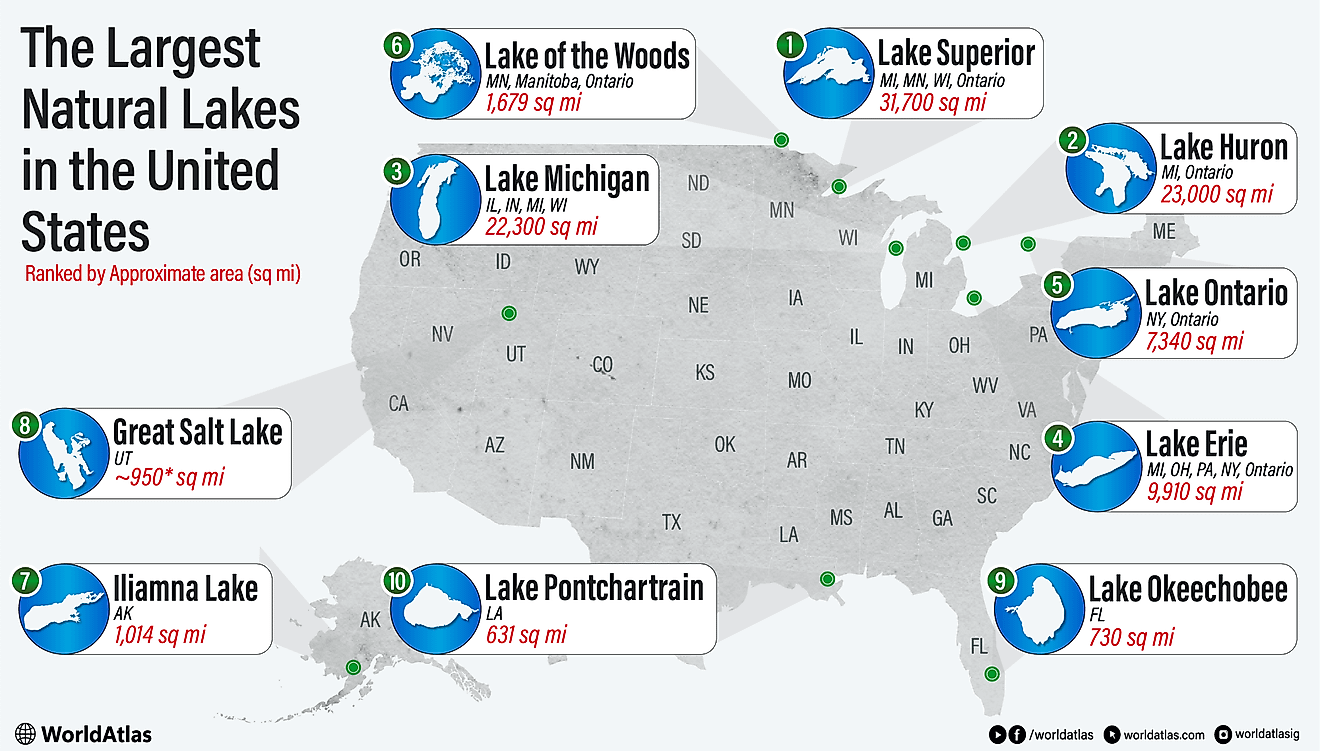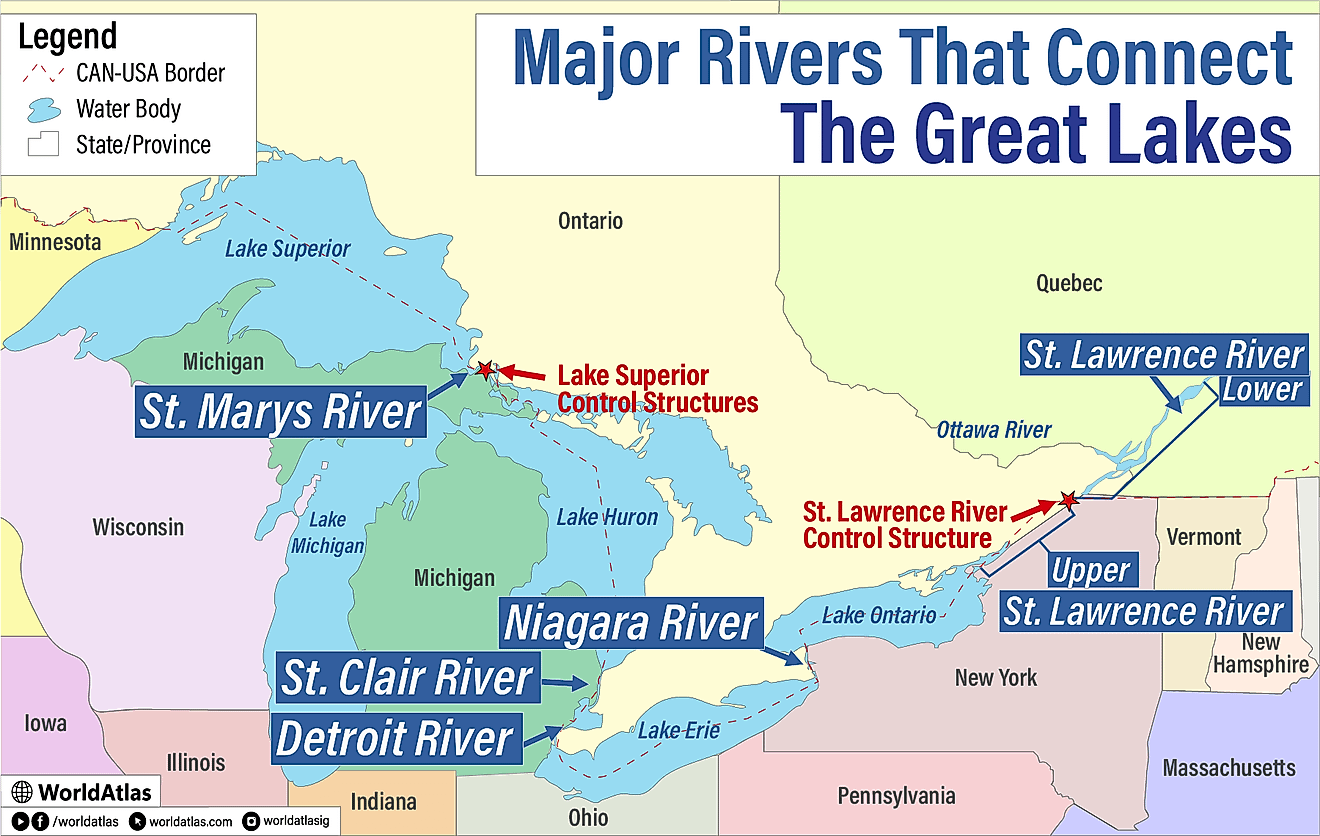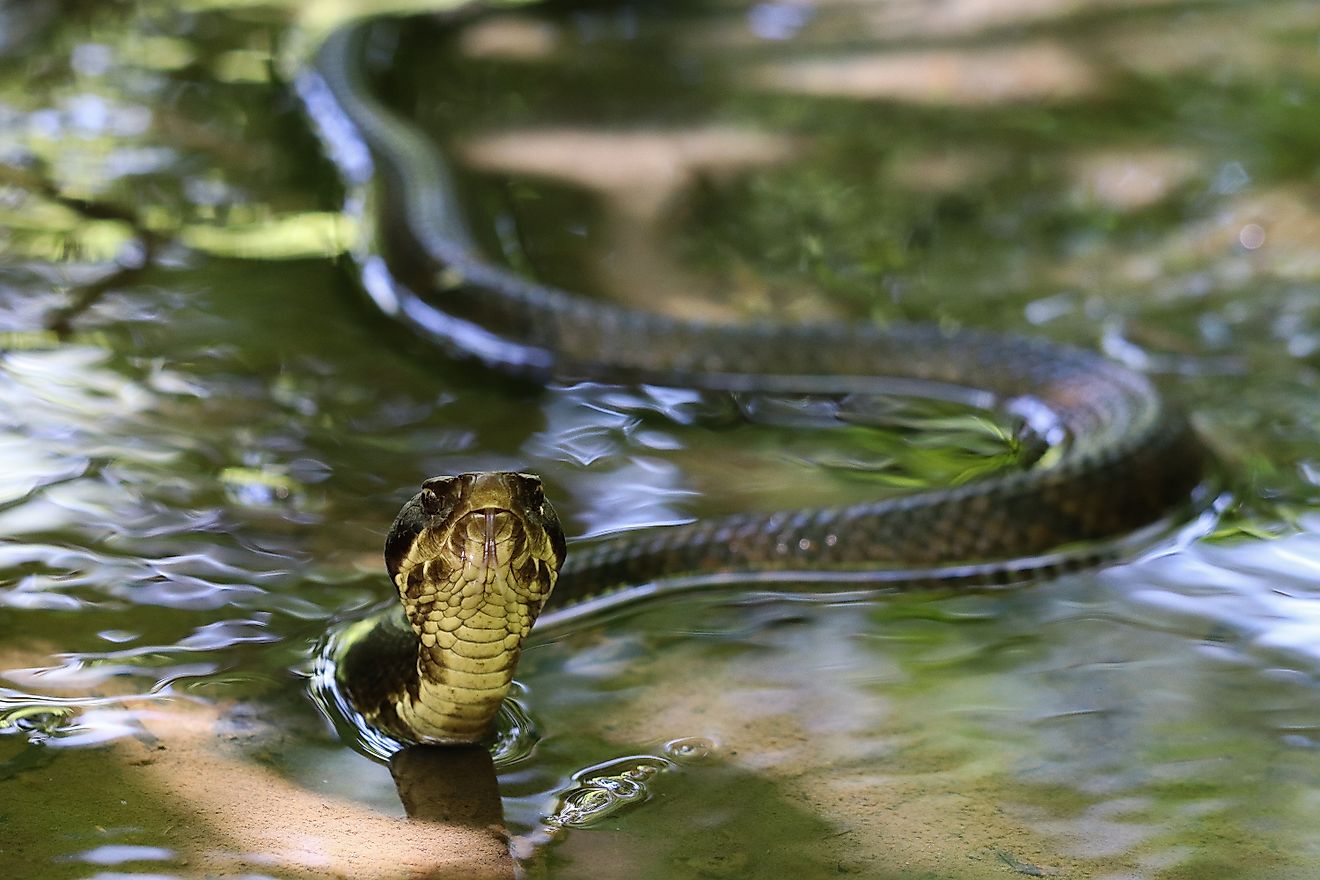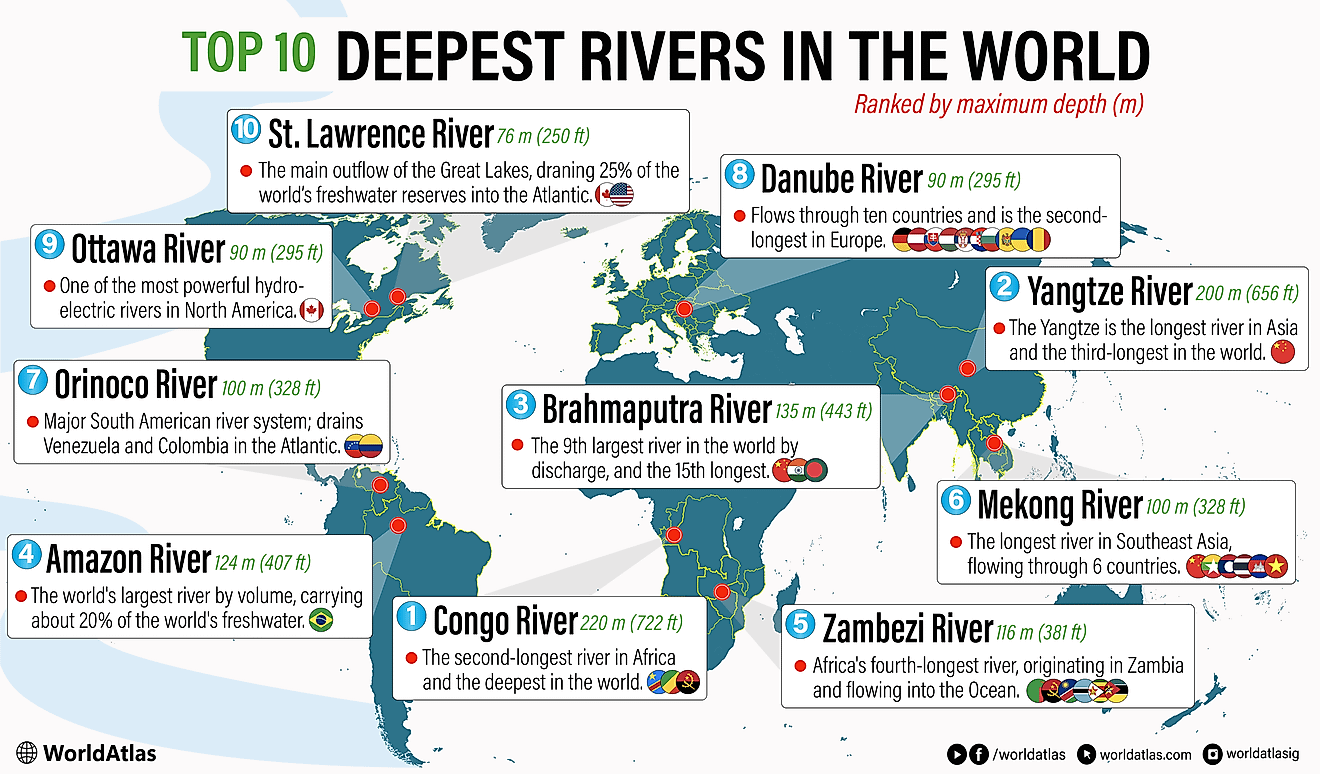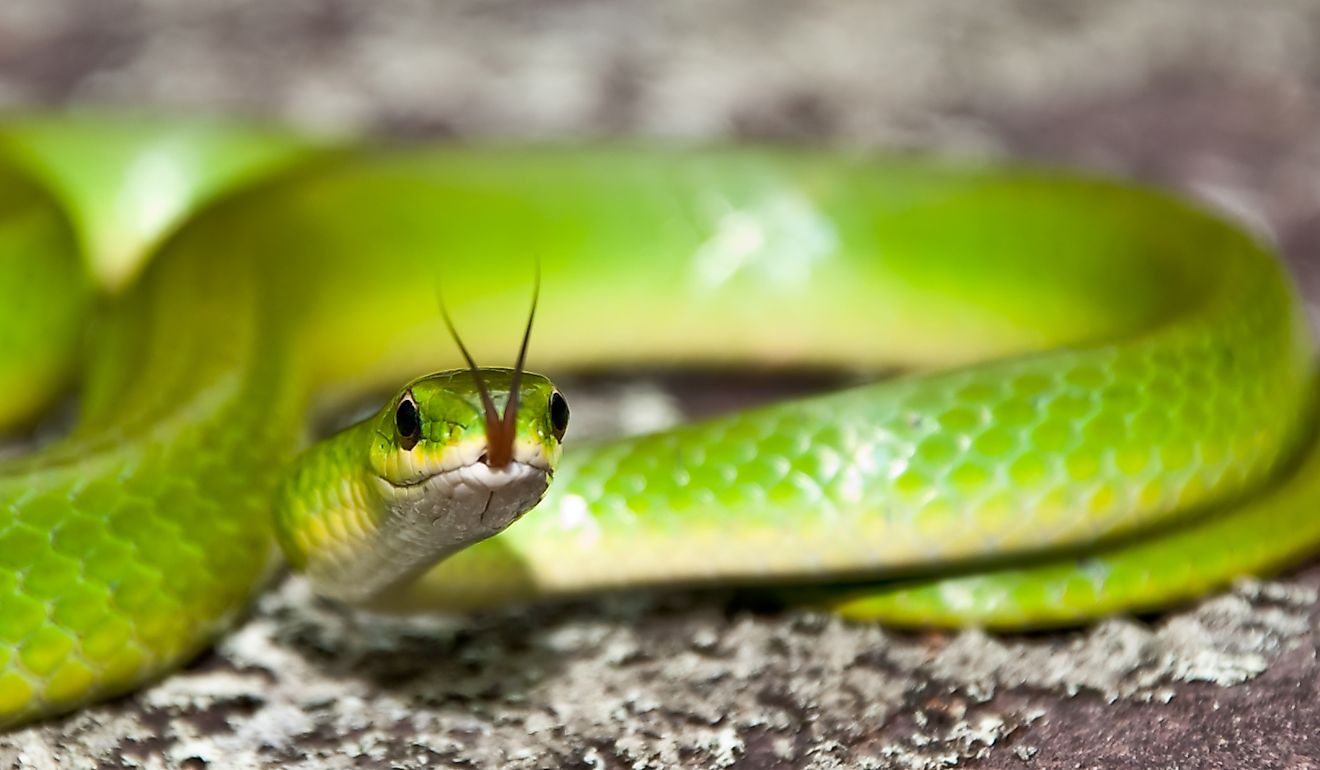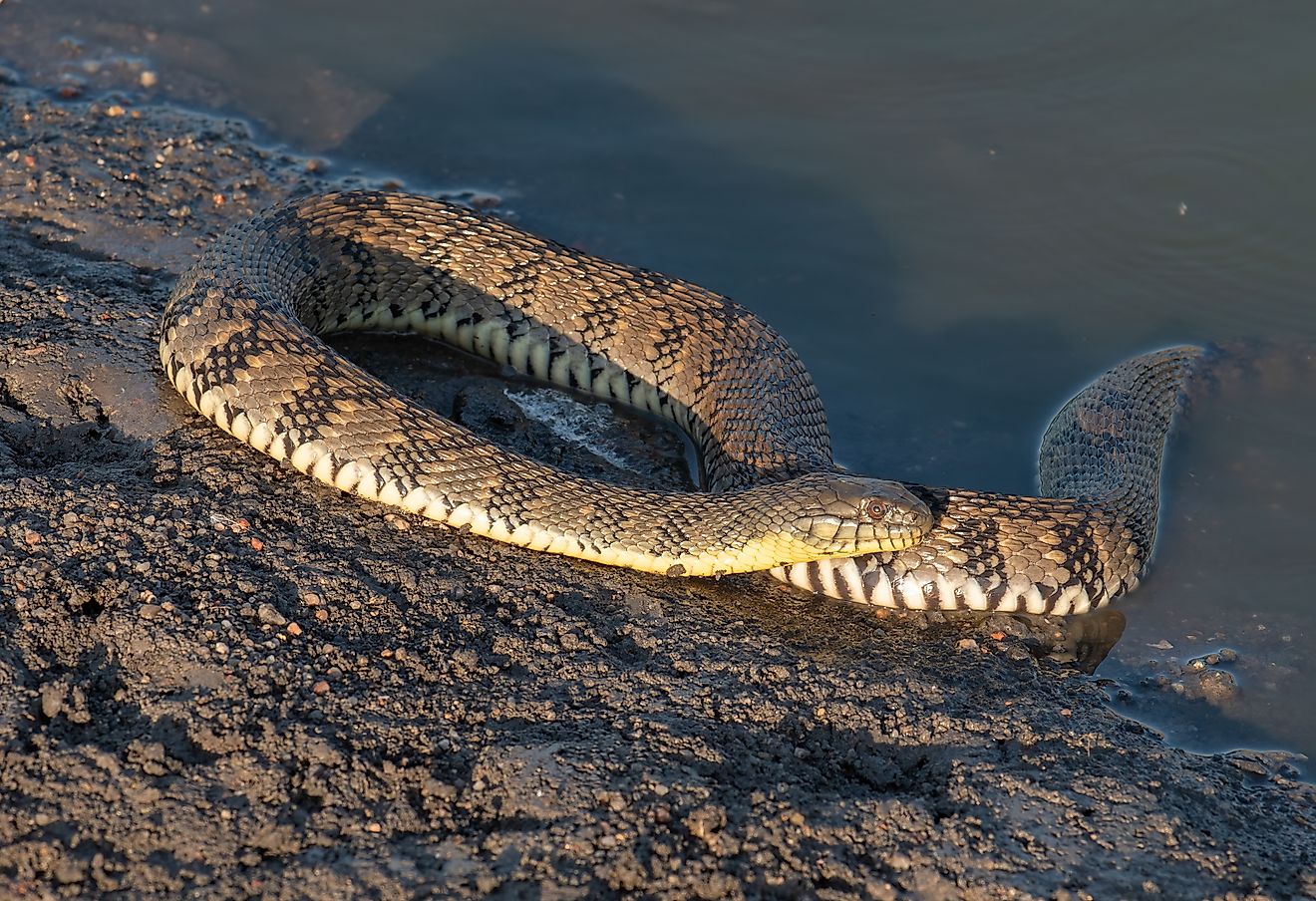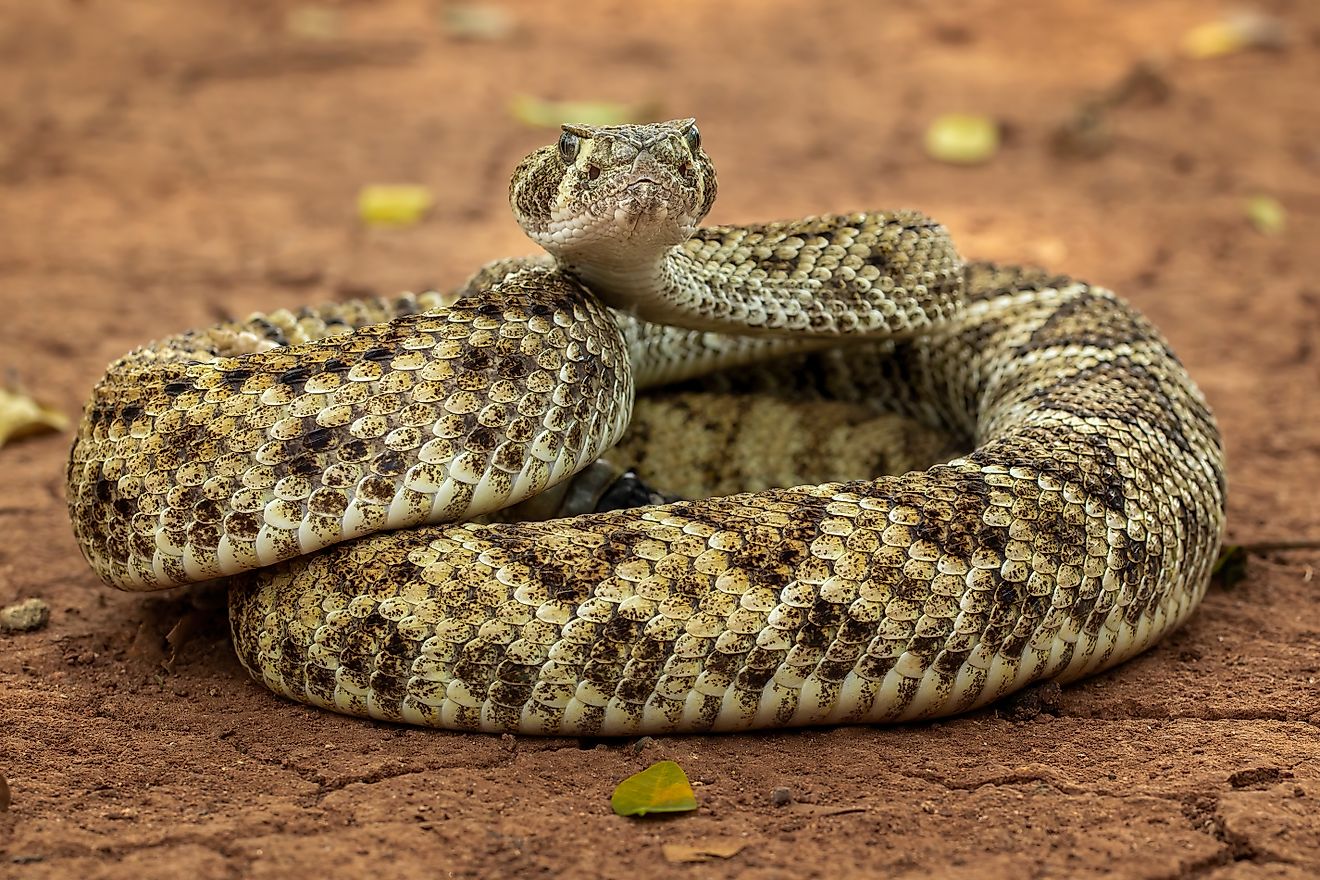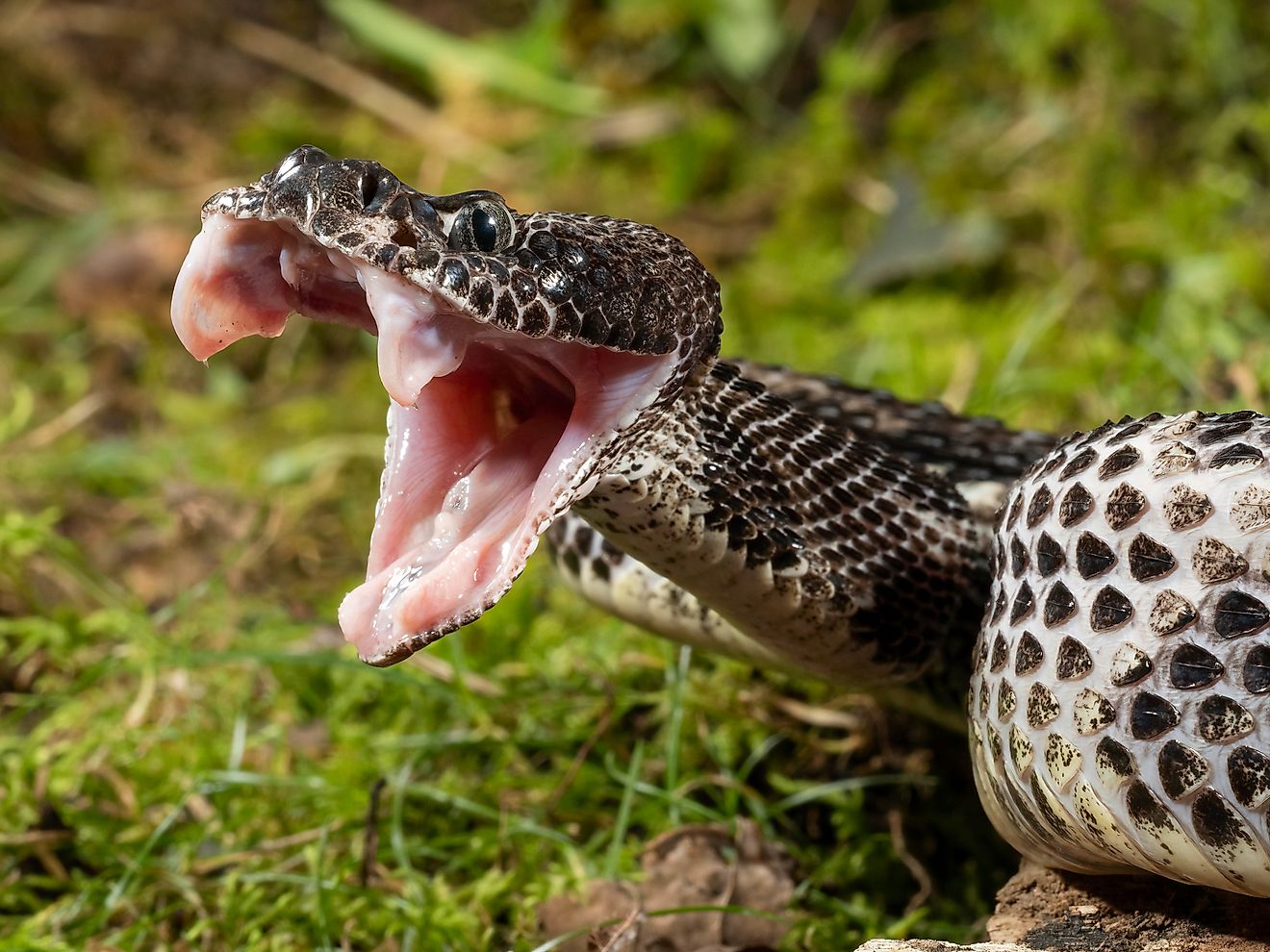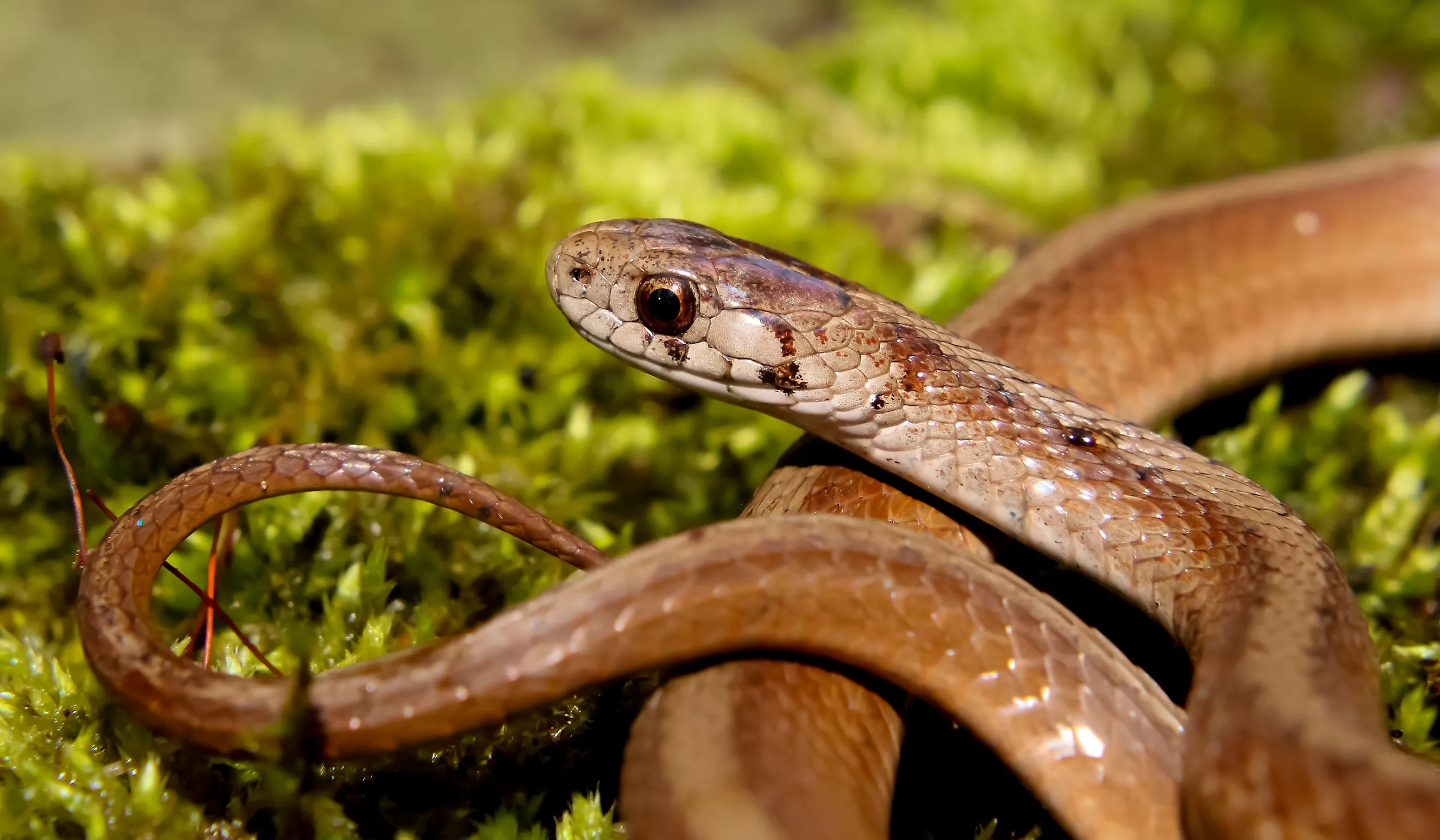
6 Most Snake-Filled Bodies Of Water In Connecticut
Think Connecticut’s calm lakes are all peaceful paddling and pretty sunsets? Think again. While this New England state is better known for fall foliage and quiet countryside, some of its lakes and rivers have a little more slither than you might expect. The state is full of northern water snakes, eastern ribbon snakes, and garter snakes.
These reptiles are usually harmless, but they’re quick, sneaky, and love hanging out near wetlands, rocky shores, and quiet riverbanks. If you’re hiking, kayaking, fishing, or just wandering near the water, you might spot one sunning on a rock, slipping through the shallows, or crossing the trail in front of you. Here are six lakes, ponds, and rivers in Connecticut where snakes are known to show up, so you’ll know where to watch your step (or your paddle)!
Bantam Lake
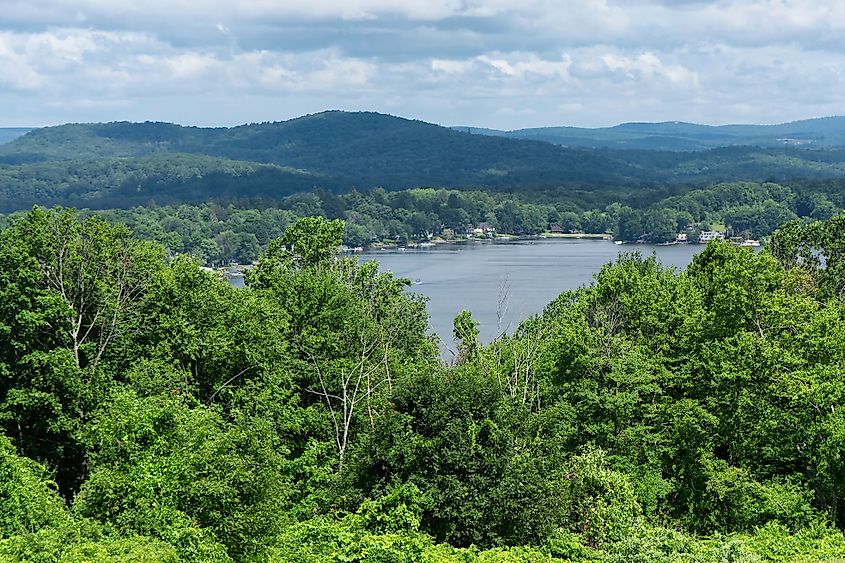
Bantam Lake is Connecticut’s largest natural lake, located in scenic Litchfield County. Surrounded by swamps and marshes, it’s a hotspot for wildlife, including snakes. Locals often spot northern water snakes basking on rocks or swimming near the shoreline. Garter snakes and queen snakes are also common here. Both are non-venomous and usually shy unless provoked. Queen snakes are slender with yellow stripes, prefer clean, rocky areas, and feed on crayfish.
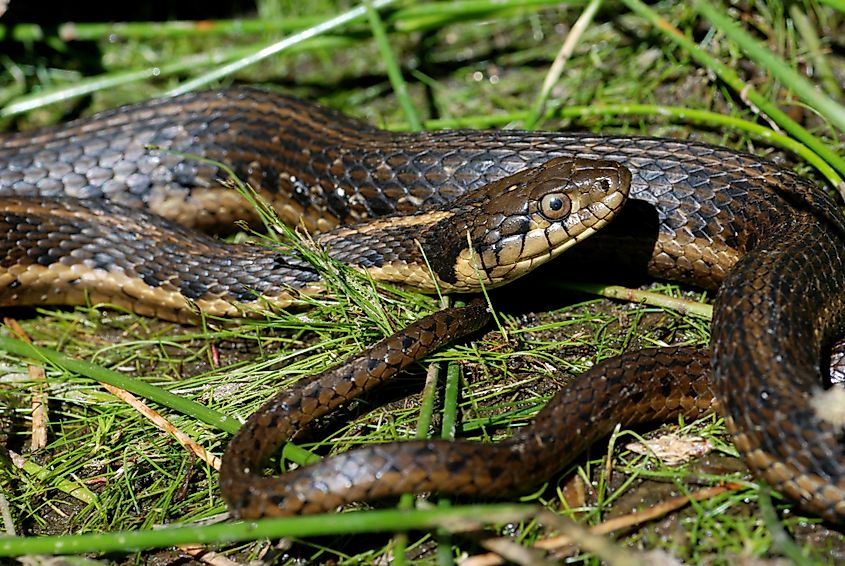
Garter snakes, with their yellow stripes on dark bodies, eat frogs and worms. Timber rattlesnakes, although rare, live in the rocky forests nearby. These large venomous snakes avoid people but may rattle if they feel threatened. Bantam Lake’s ecosystem depends on these snakes to control pests like rodents. Visitors can still hike, boat, and swim safely, just keep your distance, watch where you step, and let the snakes do their thing. Respecting the habitat helps protect both you and the wildlife.
Hockanum River
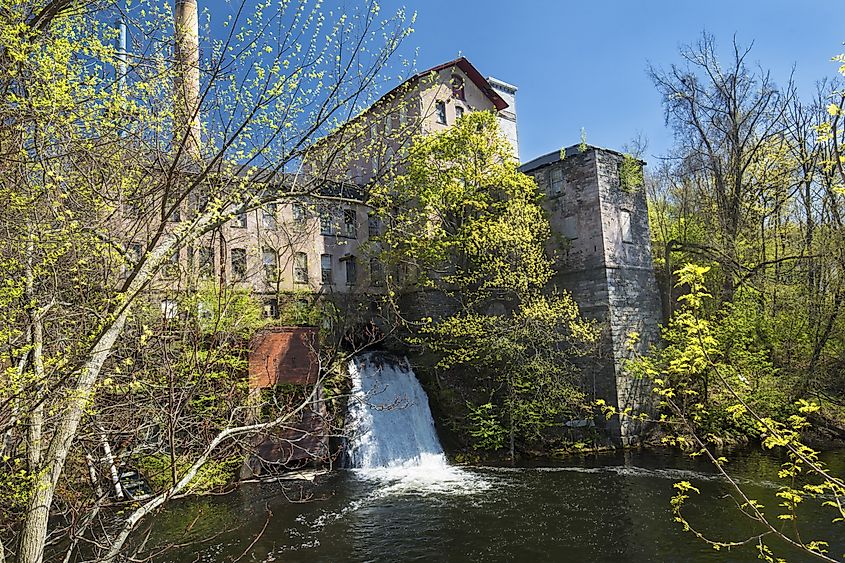
The Hockanum River winds through Tolland and Hartford counties, weaving past marshes, tangled overgrowth, and shady banks, which is exactly the kind of place snakes like to live. It’s a common spot for seeing eastern ribbon snakes and garter snakes, especially along the hiking and biking trails that follow the river.
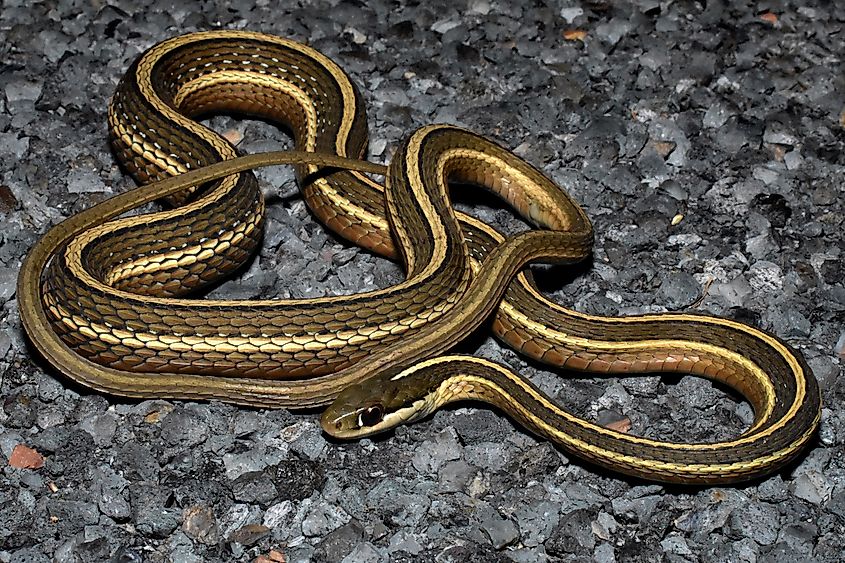
If you’re kayaking, don’t be surprised to see one swimming across the water or sunning on a rock. According to the Hockanum River Land Protection Council, this area can also be home to venomous snakes like copperheads and even rattlesnakes, though sightings are rare. The trails are still safe for outdoor activities like walking, birding, and paddling, but it’s smart to stay alert and watch where you step.
Quinnipiac River
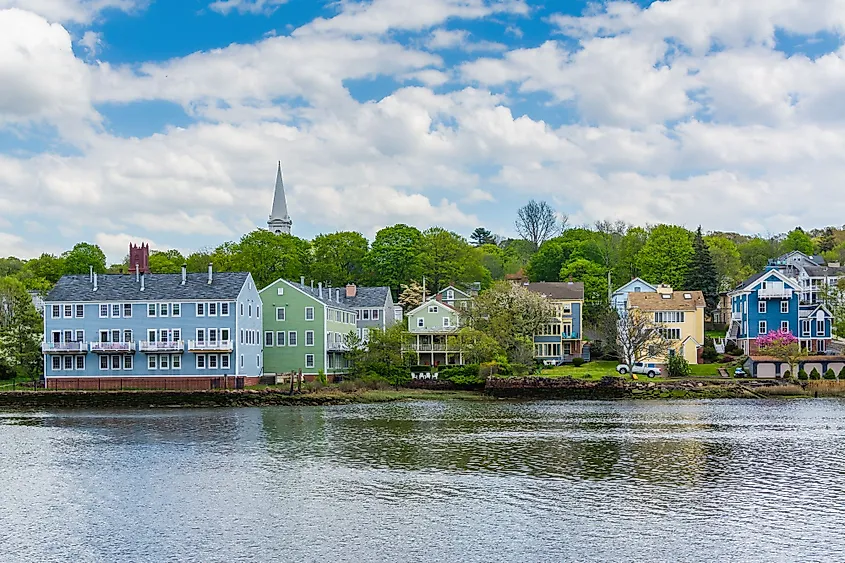
The Quinnipiac River winds through both city neighborhoods and forested areas in New Haven County, making it a surprising hotspot for local snake activity. In the quieter parts, like the brushy sections around West Rock Park, it’s common to see Northern water snakes on rocks or gliding through the water. These snakes aren’t venomous, but they’re often mistaken for something more dangerous because of their size and pattern.
Along with them, garter snakes are frequently spotted in the grassy areas near trails. The river’s broader watershed is also home to Eastern hog-nosed snakes, milk snakes, and smooth green snakes. Herpetologists have studied the area to track how these species adapt to both natural and urban surroundings. If you're hiking or fishing near the Quinnipiac, keep your eyes open; you might spot one sunning on the bank or slipping through the undergrowth.
Black Pond
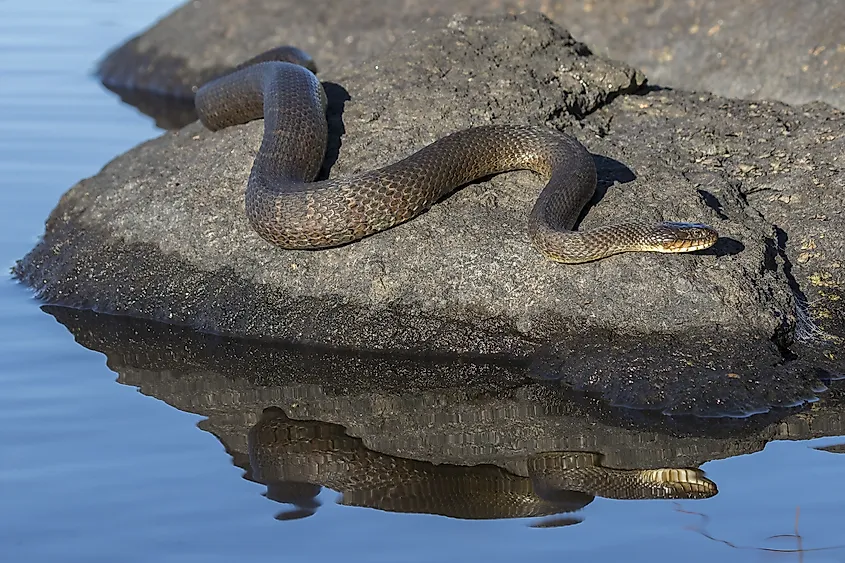
Located between Middlefield and Meriden, Black Pond is a calm, scenic spot known for fishing, kayaking, and hiking. But if you're walking along the shore or paddling through the reeds, don’t be surprised if you spot a few slithering locals. The pond’s shallow edges, thick with grasses and plants, make it a perfect home for water snakes, especially the common Northern Watersnake. These snakes are non-venomous but are often mistaken for dangerous species because of their size and coloring.
Anglers and hikers have reported frequent sightings, especially in warmer months when snakes come out to bask on the rocks. The rocky outcrops around the pond give them the perfect spot to soak up the sun. While they usually keep to themselves, it's best to stay alert near the water’s edge. If you’re lucky, you might spot one from a distance, and then keep walking. This is their home as much as anyone’s!
Pachaug Pond
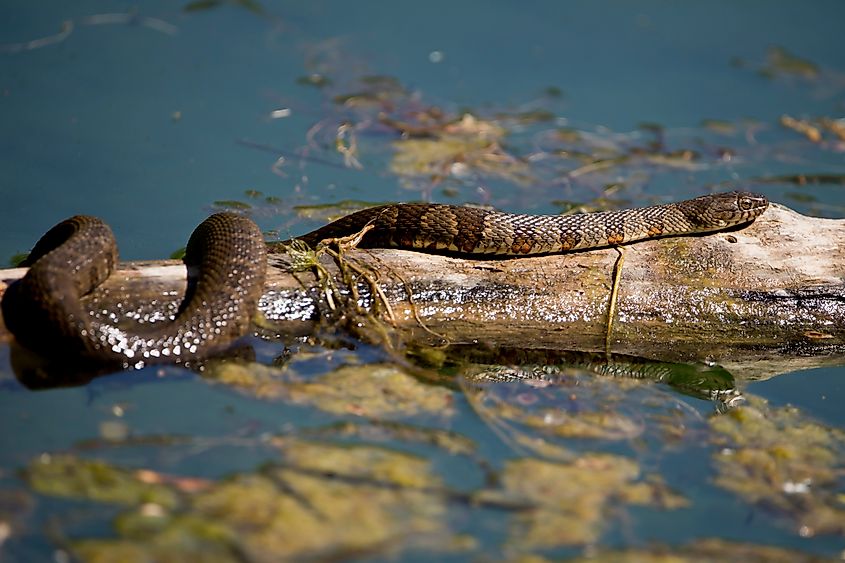
Pachaug Pond sits near Connecticut’s largest state forest, Pachaug State Forest, and is known for its wet, wooded landscape that’s perfect for snakes. The pond was expanded with a dam and stretches across a scenic area once used by Native Americans and early settlers. It’s now a peaceful spot for boating, fishing, and wildlife watching. But summer swimmers and kayakers should know: snakes are part of the scene.
Common species here include the harmless northern water snake, often seen on logs or slipping through the shallows. Rarer species like the smooth earth snake, worm snake, and northern brown snake live in the surrounding forest. They’re tiny, non-venomous, and stay hidden under rocks and leaves. Most people never see them, but it’s smart to stay alert. If you do spot one, keep your distance!
Candlewood Lake

Candlewood Lake is the largest lake in Connecticut, stretching across five towns in Fairfield and Litchfield Counties. It was created in the 1920s by flooding a valley, and divers still explore old farm ruins beneath its waters. With rocky shorelines, wetlands, and grassy hills, the lake is a perfect home for snakes, especially northern water snakes, which are often seen sunning on docks and boulders.
Locals also spot smooth green snakes, DeKay’s brown snakes, and eastern ribbon snakes around the edges of the lake. None of these are venomous, and they usually stay hidden or slip away if they sense people nearby. These snakes help control bugs and rodents, keeping the ecosystem balanced. If you're boating, fishing, or relaxing near the shore, it’s smart to stay alert, especially near rocks or grassy patches.
Snakes might not be what most people expect when they think about a day on the water in Connecticut, but they’re part of the natural rhythm here. From big lakes like Candlewood and Bantam to winding rivers like the Quinnipiac and Hockanum, these spots are full of wildlife, and snakes are just one piece of the puzzle.
Most of them are harmless, busy doing their job of keeping things in balance by eating bugs, fish, and rodents. If you’re out kayaking, fishing, or walking the shoreline, you might see one sunning itself or sliding into the water. There’s no need to panic, just give it space and move on.
